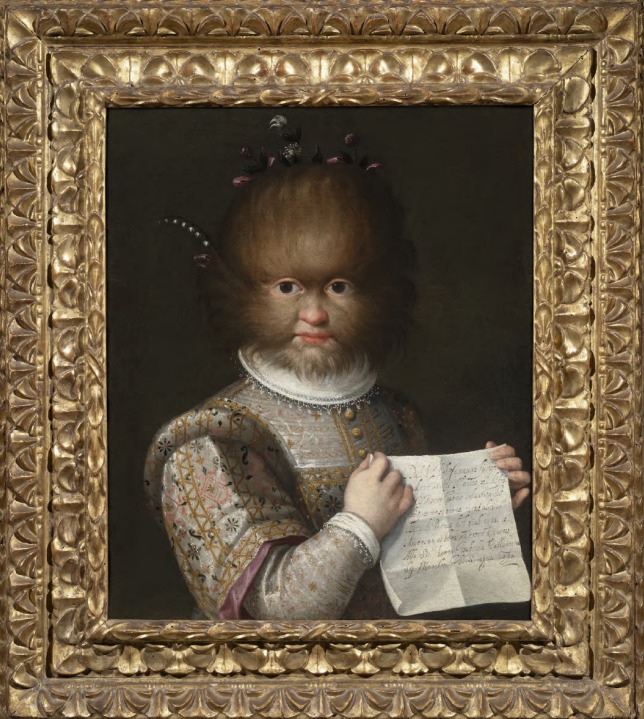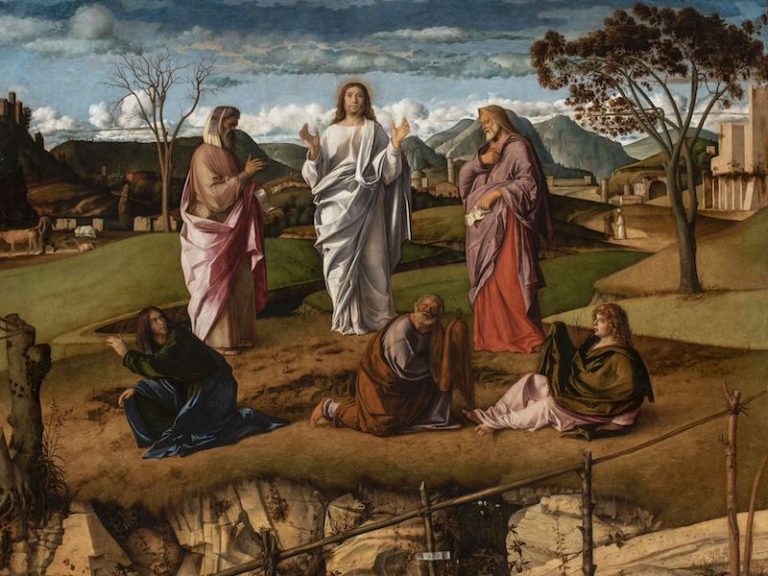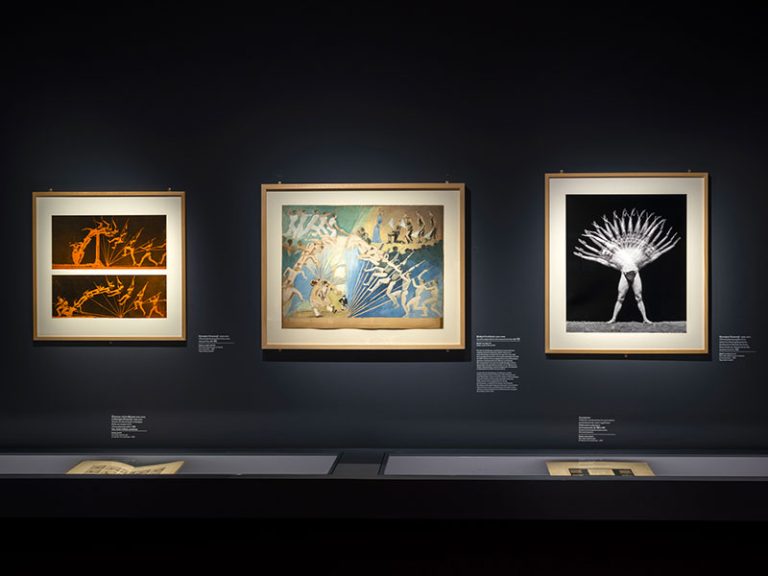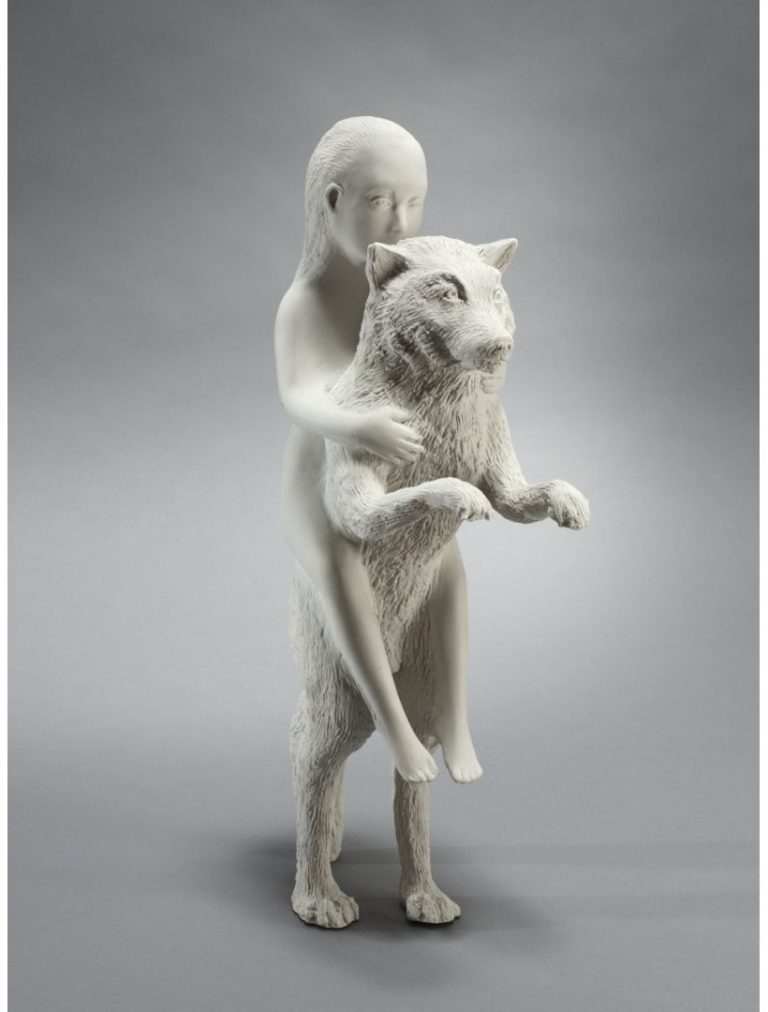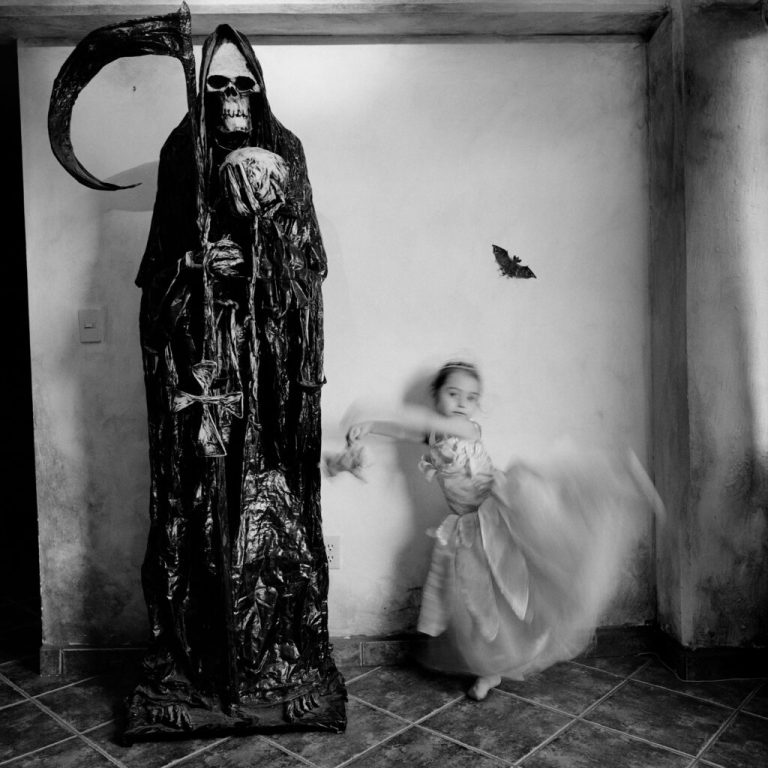Ornans, Doubs. Hesiod, the Greek peasant-poet of the late eighth century BCE who composed Works and Daysand Ovid, the Latin author of Metamorphoses dating from the beginning of our era, have transmitted to us a myth perhaps as old asHomo sapiens, that of the golden age. In their stories, this happy time of humanity was soon followed by the silver, bronze and then iron ages which saw our fellow human beings pass from an eternal and carefree springtime to the need to work, to possess and sometimes to kill. Genesis does not say otherwise when it recounts the fall of Adam and Eve.
In a thesis defended in 2012, followed by the publication of The Imagination from the Golden Age to the Renaissance (ed. Brepols, 2017), Élinor Myara Kelif has studied the place of this myth in Western visual culture. With Benjamin Foudral, curator-director of the museum and the Courbet center in Ornans, she is curator of an unprecedented exhibition bringing together nearly sixty works that tell of the theme’s popularity in the 16th and 17th centuries and its resurgence in the 19th century.
The house where Gustave Courbet spent his youth was ideal for hosting the event: in an essay in the catalogue, the art historian Bertrand Tillier shows how Franche-Comté was, for the painter, this childhood paradise where he came to recharge his batteries all his life until his exile in Switzerland. The museum’s flagship painting, The Oak of Flagey (1864), appears in the course, but also the Portrait of Jean Journet setting out to conquer universal harmony (1850). His friendship with this Fourierist reminds us that Courbet was a utopian.
Gustave Courbet (1819–1877) – The Oak of Flagey (The Oak of Vercingetorix) (1864) – Oil on canvas – 110 x 89 cm
Despite the ubiquity of the term “golden age” in our culture, the myth is no longer familiar to 21st-century audiences. The route, which mixes works from different periods with the exception of the last section almost entirely devoted to the beginning of the 20th century, allows us to understand its plasticity over time. Thanks to room texts and enlarged labels (listed in the catalogue), the visitor identifies the elements that characterize his iconography. It derives from the editions of Ovid, such as that of 1583 by Jean de Tournes illustrated by Bernard Salomon – a real “bestseller” of the time, according to Élinor Myara Kelif. We discover the landscape embellished with a stream (a stream of milk, in principle), the arbutus where we pick fruit, the oak which gives “the fallen acorns from the great tree of Jupiter” and the mortals who live there “quiet”. In oil on wood Golden age (1598), the Dutch Mannerist Hendrick Goltzius adds the god Saturn and the wind of eternal spring, the gentle Zephyr. Golden age by Lucas Cranach (c. 1534) did not make the trip from Oslo, but he is present thanks to a wallpaper decorating the “Images of the Golden Age” room. We find there for the first time a round, central theme which will persist until Matisse, of which is presented a half-engraving of the Happiness to live (author unknown, 1912). This round, the public enters naturally by going around the magnificent vase Golden age by Aimé Jules Dalou (1888) on which it appears.
A political interpretation
In his fourth Bucolic Composed around 40 BC, the Latin poet Virgil announced the return of the golden age – he alluded to the peace between Octave and Marc Antoine. This text is at the origin of the political interpretation of the myth as found in Golden age by Jacopo Zucchi (c. 1570). This elegant oil on wood, painted for Cardinal Ferdinando de’ Medici, responded to a project of the same title by Vasari for Duke Francis I of Medici, a preparatory drawing of which is on loan from the Louvre. Zucchi’s work predicts this new golden age that will one day be embodied by Ferdinand, the much hated Duke’s younger brother.
Jean Auguste Dominique Ingres or Pierre Puvis de Chavannes were in turn inspired by Ovid by drawing a parallel between the golden age and the iron age, while in 1910-1912 Maurice Denis painted an Edenic golden age for the private mansion of the Duke of Wagram. However, we especially remember that the 19th century put forward the text of Virgil, in the tradition of the utopian socialists Claude Henri de Rouvroy de Saint-Simon and Charles Fourier. The committed painters Dominique Papety, Paul Milliet, Léon Frédéric, Victor Prouvé represent this future golden age and the anarchist Paul Signac takes up Ovidian iconography in In time of harmony [voir ill.], large decor whose sketch (1893) seduces with its very free touch. The route ends on the tapestry of lice Golden age (1966) after the painting by André Derain (between 1938 and 1944), a desperate vision, in tune with the times, of a primitive world where man faces wild beasts.


